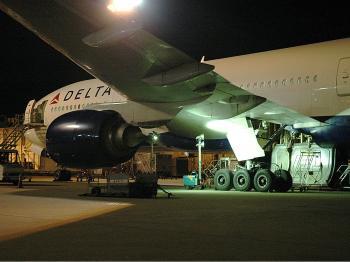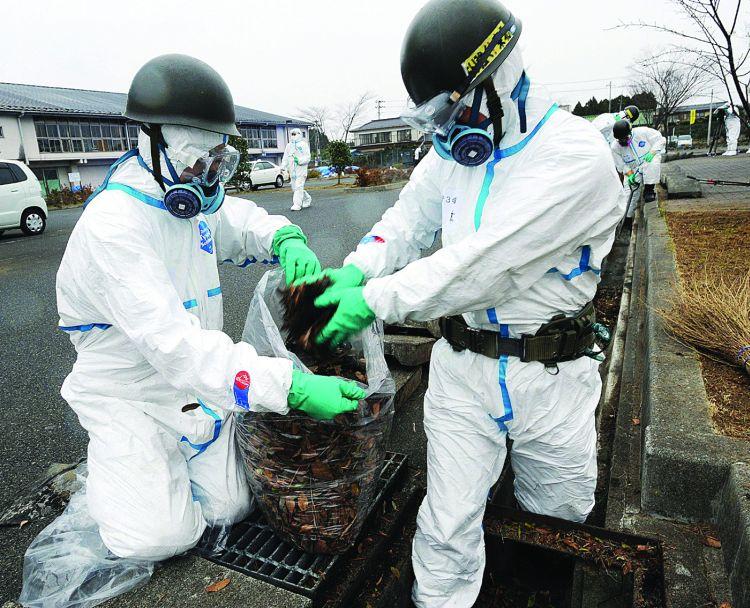Japan faces major challenges in its agricultural sector. Kazuhito Yamashita, a senior fellow at the Research Institute of Economy, Trade & Industry, recently wrote that the agricultural share of Japan’s GDP decreased from 9 percent to 1 percent between 1960 and 2005.
Without the trillions of yen spent by the government on agricultural protection, agricultural output in Japan could be close to zero. The current policy is to support rice producers by buying their rice at a support price. Yamashita asserts that this encourages small-size part-time farmers “because it is cheaper for them to grow rice than to buy it in town.”
The current government, formed by the Democratic Party of Japan (DPJ) in September 2009, is planning new subsidies that will cover the difference between the production cost of rice and the price set by the market. This subsidy will not change the current high price levels, which must be matched by high tariffs that Japan will have to secure in future WTO and free trade agreement negotiations. The current tariff rates on rice are at a high 788 percent.
Despite Japan’s growth of population from 70 million to 130 million since the end of World War II, rice consumption per person has decreased by half over the past 40 years. Now the demographic trend is being reversed as the Japanese population is not only on the decline, but also aging. Rice consumption per capita is therefore expected to decrease even more.
This may forecast changes in land use as the current 8.5 million tons a of rice consumed per year potentially erodes to 3.5 million tons. Two million hectares of rice fields would have to change purpose.
A solution to the problem advanced by Yamashita, an expert on agricultural economics, is for the government to hold back its new production adjustment plan and take advantage of the rising demand for Japanese rice to lower the current fixed production price of rice of 15,000 yen (US$163) per 312 pounds below the Chinese price, which sits at 10,000 yen (US$109). Japan would thus not need to import rice anymore and could potentially export its rice.
Without the trillions of yen spent by the government on agricultural protection, agricultural output in Japan could be close to zero. The current policy is to support rice producers by buying their rice at a support price. Yamashita asserts that this encourages small-size part-time farmers “because it is cheaper for them to grow rice than to buy it in town.”
The current government, formed by the Democratic Party of Japan (DPJ) in September 2009, is planning new subsidies that will cover the difference between the production cost of rice and the price set by the market. This subsidy will not change the current high price levels, which must be matched by high tariffs that Japan will have to secure in future WTO and free trade agreement negotiations. The current tariff rates on rice are at a high 788 percent.
Despite Japan’s growth of population from 70 million to 130 million since the end of World War II, rice consumption per person has decreased by half over the past 40 years. Now the demographic trend is being reversed as the Japanese population is not only on the decline, but also aging. Rice consumption per capita is therefore expected to decrease even more.
This may forecast changes in land use as the current 8.5 million tons a of rice consumed per year potentially erodes to 3.5 million tons. Two million hectares of rice fields would have to change purpose.
A solution to the problem advanced by Yamashita, an expert on agricultural economics, is for the government to hold back its new production adjustment plan and take advantage of the rising demand for Japanese rice to lower the current fixed production price of rice of 15,000 yen (US$163) per 312 pounds below the Chinese price, which sits at 10,000 yen (US$109). Japan would thus not need to import rice anymore and could potentially export its rice.





Friends Read Free